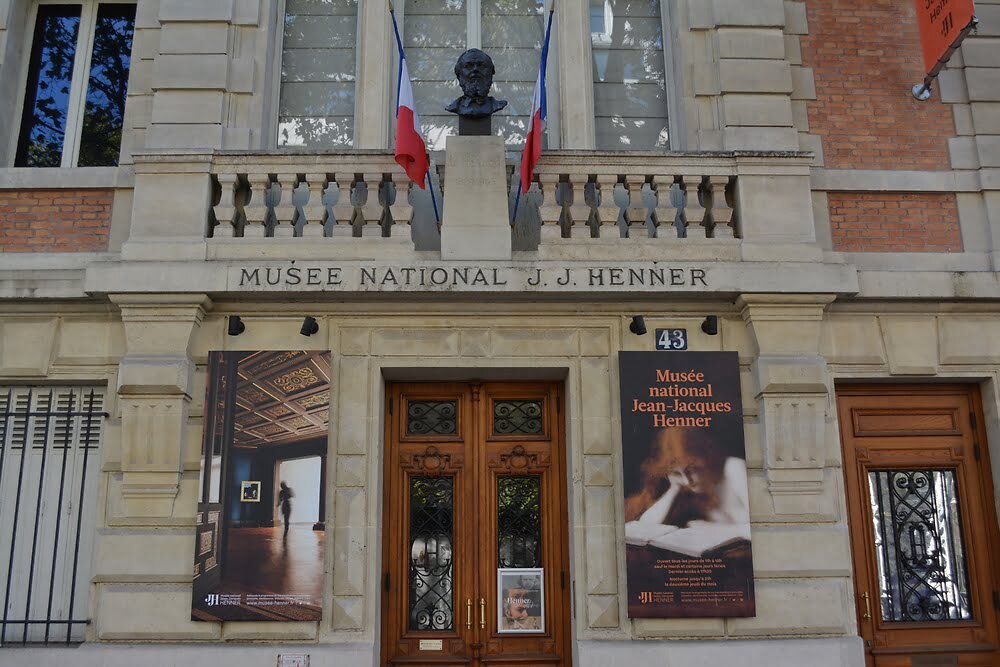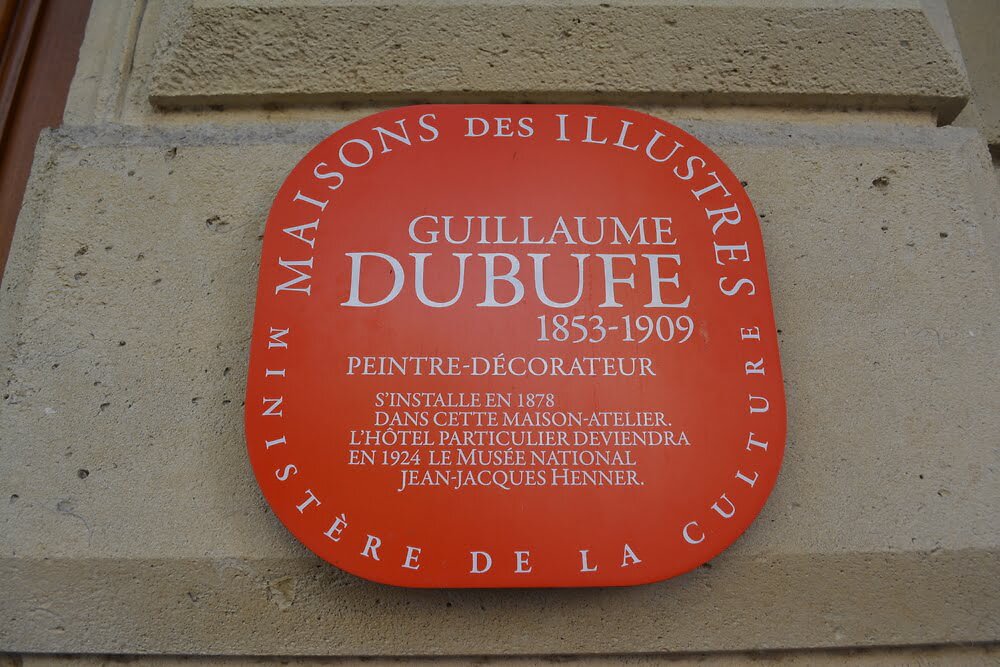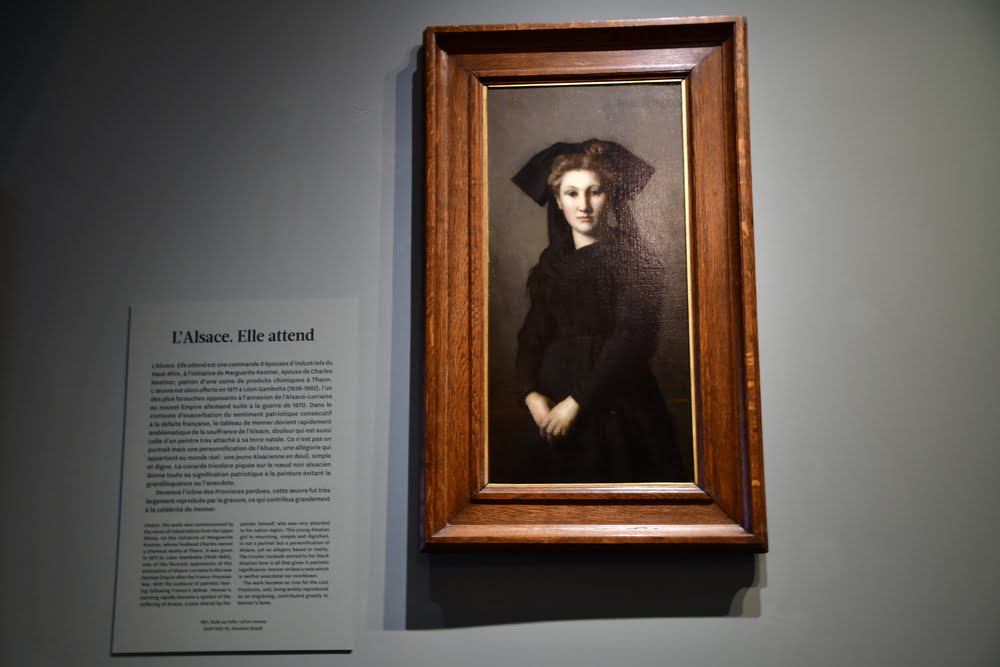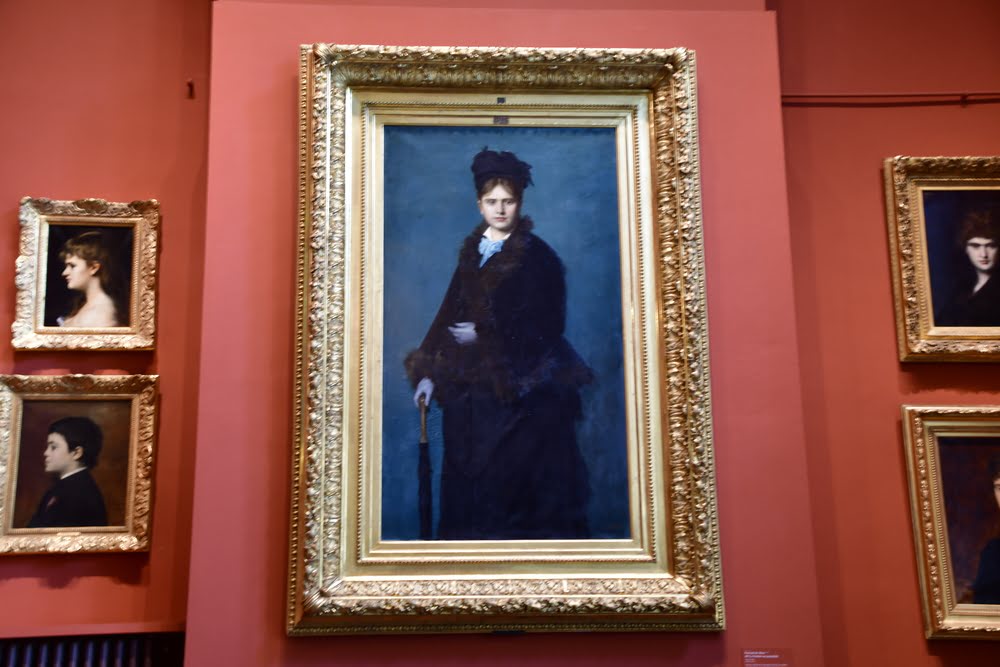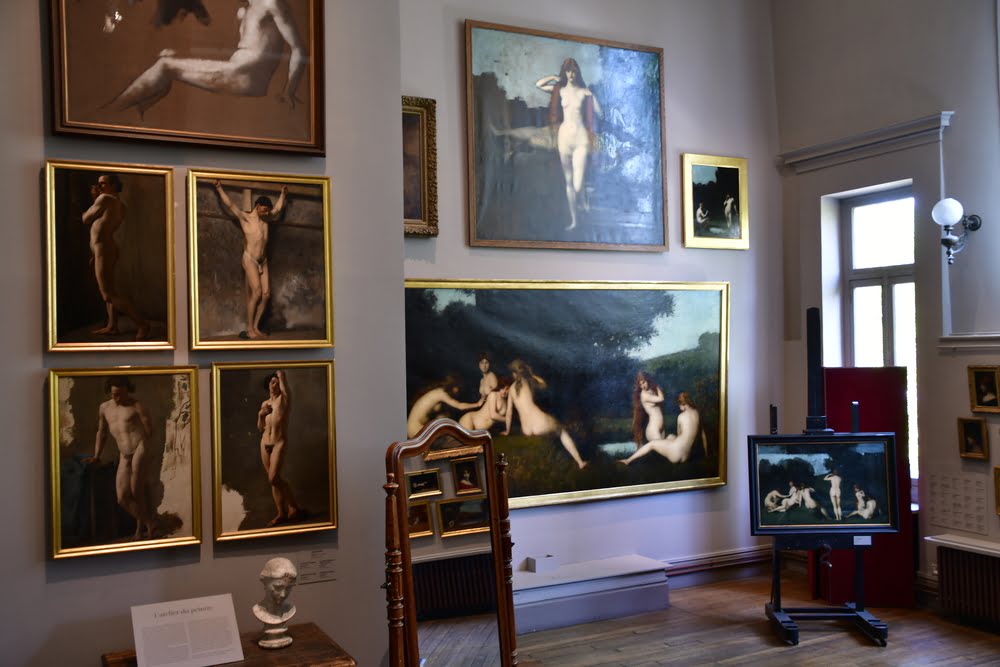- Monuments
- Museums
- Paris Hotels
- Hotels by Category
- Hotels by Districts
- Champs Elysees Hotel
- Montmartre Hotel
- Saint Germain des Prés Hotel
- Montparnasse Hotel
- Porte de Versailles Hotel
- Republique – North Train Station Hotel
- Place de la Nation Hotel
- Latin Quarter Hotel
- Opera Garnier Hotel
- Marais – Bastille Hotel
- Gare de Lyon Hotel
- Gare Saint-Lazare Hotel
- Hotel Place d’Italie
- Other Hotels
- Hotels by Category
- Shopping
- Districts
- Airports
- Paris map
- News
- Directory
- Contact us
Jean-Jacques Henner Museum
- Profile
- prev
- next
- prev
- next
-
In this mansion of the 19th century, one can discover and admire Henner works and feel his artistic evolution.
In this 17th district of Paris, drawn by Haussman, this hotel built for a painter in 1878, became the property of the portraitist Guillaume Dubuffe. In accordance with the wish of her uncle, Mrs Jules Henner acquired this hotel in 1921. Arranged, raised, transformed into a Museum, it was inaugurated on March 7, 1924 by Leon Bérard, Minister for the State education and Beaux-Arts and became the National Museum in 1943.
He presents a 520 linens collection of 1000 drawings distributed in 7 rooms. It profits by the family atmosphere recreated by the personal pieces of furniture, hangings, carpets and objects decorating the apartment and the workshop of J.J. Henner, Rue La Bruyère and Place Pigalle. Out of the paintings of Salon acquired by the family, some legacy or gifts, are added to the portraits and compositions with landscapes and still life, resulting from the workshops of the painter or the collections from his nephews and nieces. Most if it is accompanied by drawings, drafts and studies which, from the “First idea” to the “final Work” are rarely offered to the appetite of amateurs, the more so as diaries and notebooks of sketch complete these information about his thoughts and techniques. From his first works and impressions born in his family in Bernwiller, to the drawings of the College of Altkirch, from the School of les Beaux-Arts in Strasbourg the Parisian one, then from the Médicis Villa where the First Great Price of Rome enabled him to remain 5 years, to its last painting which remained unfinished to his death in 1905, it is the whole life of an artist that we follow.
The thought of the author
In Alsace, evoking the family life, Henner will say : “My professor was my mother in the Art of the luminous shades and the mysterious images”.
He is sensitive to the twilights of summer, with the poetry of these grounds which the light gives up, ” then nature is dark, the black and white trees, the body of the bathers close to the ponds “. This image marked him, and so appeared this continuation of Naïads, Idylle, Eglogue, and Source. Joy of living before the war of 1870 that J.J Henner will charge then of the indefinable nostalgia of a lost country. These feelings that will be evoked after this ” It awaits “, an eloquent portrait of a young person from Alsace, painting offered to Gambetta in hommage to its heroic defense of France these Martyrs, Loneliness, Nymph crying, Madeleine, Saint-Sébastien, the Good Samaritan and especially Andromède attached to the rock awaiting its delivery. In love with freedom, finding his inspiration in what surrounds, Henner agreed badly to the conformism which the schools imposed by les Beaux-Arts of Strasbourg and Paris, and one can say that it is in the Louvre or in the museums that Henner found an appropriate teaching.
Respectful of the subject, without being a slave, he idealized all what he painted, but it is by Realism stream that he found this expression of serenity and size, which in fact, make him exceptional.Location : 43 Avenue de Villiers 75017 Paris
Phone : 01 83 62 56 17
How to get there :
- Metro line 3: Malesherbes
- Bus: 30, 31, 94
Opening :
- Opened everyday from 10am to 12pm and from 2pm to 5pm
- Closed on mondays.
Official website : https://musee-henner.fr
Nearby hotels
-
14 Rue Stanislas, 75006 Paris, France
-
32 Rue des Saints-Pères, 75007 Paris, France
-
21 Rue de Penthièvre, 75008 Paris, France
-
43 Avenue de Villiers, 75017 Paris, France

